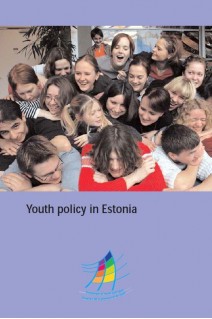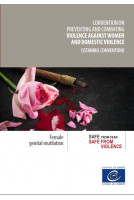



Two major factors frame contemporary Estonian youth policy: the traditional importance of education and educational values and the need to manage the useful but expensive national educational and leisure institutions inherited from the country’s communist past. However, within the last few years a set of structures and measures for broadening the scope of national youth policy have been conceived. Huge tasks lie ahead, particularly concerning the dilemma of ethnicity and citizenship, and the division of labour in the youth policy field between the state, regional and municipal levels. Analysing critically the successes and difficulties of a country in transition, this publication contributes to the European debate on the principles, content and standards for modern youth policy.
Preface
Summary
1. Introduction
1.1. Objectives
1.2. Theoretical assumptions and working procedures
1.4. Guiding questions
2. Youth policy at a European level
3. Objectives and structure of Estonian youth policy
3.1. Objectives
3.2. Structure
3.3. Concepts of youth
4. Estonian practice of youth policy
4.1. Estonian culture and transitional state
4.2. Leading principles and practice of youth policy
4.3. Estonian youth and Europe
5. Remaining questions; critical comments
5.1. Youth life and youth policy in the documents
5.2. Success of Estonian youth policy
5.3. Centralisation – decentralisation – Europeanisation
6. Recommendations
6.1. Recommendations for Estonian youth policy
6.2. Recommendations for a European youth policy
7. Building blocks for a European youth policy
Bibliography
Appendix





Two major factors frame contemporary Estonian youth policy: the traditional importance of education and educational values and the need to manage the useful but expensive national educational and leisure institutions inherited from the country’s communist past. However, within the last few years a set of structures and measures for broadening the scope of national youth policy have been conceived. Huge tasks lie ahead, particularly concerning the dilemma of ethnicity and citizenship, and the division of labour in the youth policy field between the state, regional and municipal levels. Analysing critically the successes and difficulties of a country in transition, this publication contributes to the European debate on the principles, content and standards for modern youth policy.
Please note that in accordance with our terms & conditions, PDF/epubs may only be purchased by private individuals.
